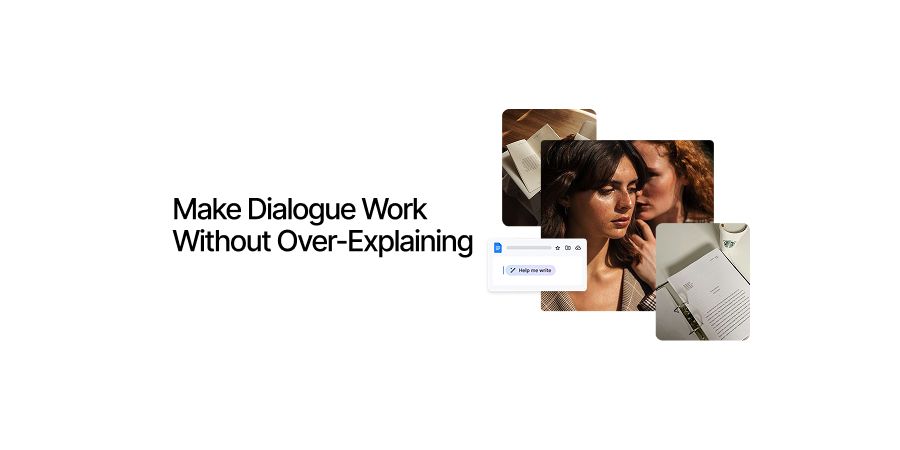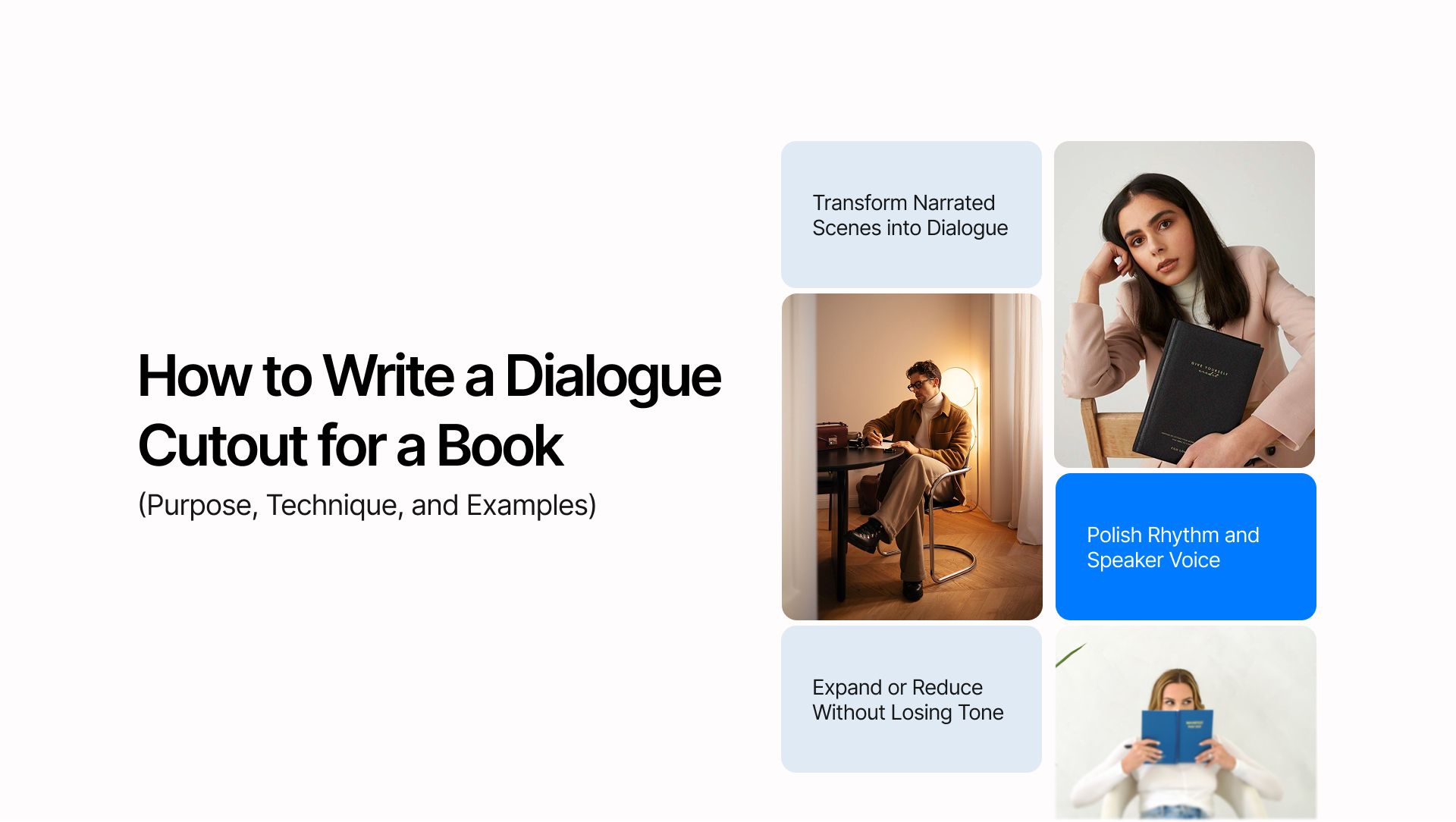
How to Write a Dialogue Cutout in a Book (Purpose, Technique, and Examples)
Readers lean in when narration drops away and voices take over. A dialogue cutout trims description, keeps only the exchange, and lets tension do the talking. Scenes turn sharper. Character intent becomes visible. Pace lifts.
Writers use this device to highlight conflict, chemistry, and subtext without slowing the moment. The page feels lighter, yet the meaning deepens as gaps invite the reader to connect dots. Craft sits in what you remove as much as what you leave.
Key takeaways you will master:
- What a dialogue cutout is and how it differs from regular dialogue
- When to use it for maximum effect
- Steps to build one without confusing the reader
- Style, flow, and formatting tips that keep voices clear
What Is a Dialogue Cutout?
A dialogue cutout is a scene segment rendered almost entirely in spoken lines. Description, tags, and stage directions are reduced to the minimum, sometimes removed completely. The goal is immediacy. Readers stand inside the exchange, not outside watching it.
Clear Definition
A dialogue cutout presents back-to-back lines of speech with minimal tags or exposition. Only essential anchors remain. The scene relies on voice, rhythm, and turn-taking to carry meaning.
How It Differs from Standard Dialogue
Standard dialogue often leans on tags, beats, and descriptive cues. A cutout trims those supports. Clarity comes from distinct voices, clean sequencing, and context already set before the cutout begins.
Where It Comes Up in Fiction and Nonfiction
Novel chapters, memoir scenes, and narrative nonfiction all use cutouts to speed pace or heighten emotion. Interviews, arguments, confessions, negotiations, and interrogations benefit most.
Why Writers Use Dialogue Cutouts
Purpose drives the choice. A cutout is not a gimmick. It is a tool for pressure, intimacy, and precision. Used with care, it sharpens character and keeps the scene moving.
Show Character Without Narration
Voice reveals attitude, education, power, and mood. Word choice and silence do the heavy lifting. Readers infer traits without an aside from the narrator.
Create Immediacy and Tension
Quick turns and short lines compress time. Stakes rise because the page offers no cushion of explanation. Each reply matters.
Speed Up Pacing
Scenes that drag under heavy description find new life when stripped to the exchange. Momentum returns, and pages turn faster.
Focus Reader Attention on Voice
With beats reduced, the spotlight moves to cadence and phrasing. Distinctive rhythms help readers track speakers even when tags are scarce.
Where Dialogue Cutouts Work Best
Not every scene benefits from stripping narration away. Some story moments gain strength when the voices lead and the visual framing stays quiet. Dialogue cutouts work best when the situation is already established and the focus shifts to what is being said.
Fast or High-Stakes Scenes
Arguments, confrontations, negotiations, and chase-and-corner moments thrive without exposition. The absence of narration tightens the atmosphere and puts the reader in the middle of the exchange.
Emotional Exchanges
Confessions, breakups, reunions, and private confrontations feel more intense when no description interrupts the words. The silence around the speech carries its own weight.
Flashbacks or Memory Drops
A recalled conversation can land harder when presented cleanly, without commentary from the narrator. The cutout format separates past and present with clarity.
Stylized or Experimental Chapters
Writers sometimes use a dialogue-only scene to create contrast in tone or structure. It can act as a thematic break or highlight a power dynamic.
How to Write a Dialogue Cutout (Step by Step)
A cutout needs planning. Stripping the narration is not the goal on its own. The conversation must still carry clarity, direction, and intent without extra explanation.
Start with the Core Conversation
Before trimming, write the scene naturally. Identify the exact lines that move the moment forward. Remove anything that does not affect tension, tone, or character intent.
Remove Descriptive Narration
Look for lines that explain body movement or emotion. If the message still stands without them, cut them out. Any detail that slows the rhythm should be the first to go.
Keep Voices Distinct
Each character needs a clear speech pattern. Variation in tone, length, or vocabulary prevents confusion when tags are reduced or removed.
Use Implied Action When Needed
If silence, movement, or reaction matters, it can appear in short embedded cues. A pause, an interruption, or a hesitation can stay if it adds clarity without turning into full narration.
Maintain Rhythm and Clarity
Read the scene out loud. If you cannot track who is speaking, the reader will struggle too. Break lines cleanly and keep exchanges sharp.
Examples of Dialogue Cutouts
Examples make the concept easier to apply. A cutout does not mean chaotic text or random back-and-forth lines. Structure and intention still guide the scene.
Two Characters
A direct exchange with no narration can feel tight and immediate:
“Are you coming back?”
“That depends.”
“On what?”
“On whether you’re still waiting.”
Each line pushes the moment. No tags, no beats, but the tone is clear from the choice of words.
Group Conversation
More than two voices can work if each speaker sounds distinct:
“I told you it wouldn’t work.”
“You always say that.”
“Because I’m always right.”
“Not this time. Keep watching.”
Short lines keep things readable. Voice separation prevents overlap.
Emotional Exchange
Silence around the words creates tension:
“You didn’t call.”
“I didn’t know what to say.”
“You could have tried.”
“Would it have changed anything?”
No description, but the tension speaks on its own.
Common Mistakes to Avoid
A dialogue cutout only works when it stays readable. Missteps often come from cutting too much or not shaping the voices well enough.
Speaker Confusion
If lines sound alike or go on too long, the reader cannot tell who is speaking. Distinct phrasing, rhythm, or word choice prevents this.
Dialogue That Drags
Even without narration, long blocks of speech can slow the scene. Cutouts work best when lines stay short and purposeful.
No Sense of Situation
A cutout should not drop the reader into a void. Set the scene briefly before the dialogue begins, so the exchange has context.
Unnatural Voice
If speech sounds stiff or scripted, trimming narration will not fix it. Dialogue-only scenes depend on believable tones and realistic flow.
Style, Flow, and Formatting Tips
Clean structure keeps the reader from tripping over the lines. Even minimal scenes benefit from precision.
Punctuation and Line Structure
Each speaker should have their own line. Commas, question marks, and periods still apply normally.
Handling Pauses or Silence
Brief markers like “...”, “wait,” or a broken sentence can show hesitation without a full description.
Minimal Tag Use
If clarity demands a tag, use it sparingly. One or two identifiers in a long cutout can prevent confusion without breaking the format.
Line Spacing for Readability
White space helps the reader stay oriented. No walls of text. Let each line breathe.
When a Dialogue Cutout Doesn’t Work
Dialogue-only scenes are powerful, but not universally effective. Some moments lose clarity or emotion if stripped too far. Knowing where to stop trimming protects the story instead of weakening it.
Scenes Needing Description
Action-heavy moments often fall flat without setting or movement. If characters are running, hiding, chasing, or reacting physically, readers need more than voice to follow the moment.
Complex Group Dynamics
When more than three people speak, tracking voices becomes difficult without context. A few light tags or cues may be necessary to keep readers anchored.
Action-Dependent Moments
If physical response drives the outcome, narration carries the weight. A fight, a rescue, or a collapse cannot rely on dialogue alone.
Emotional Depth That Needs Context
Some moments rely on body language, internal reaction, or atmosphere. Removing everything except the speech can mute the feeling instead of sharpening it.
How Chatly Can Help You Write Dialogue Cutouts
Reworking scenes into dialogue cutouts takes a trained eye. Writers often over-delete or keep more than needed. Chatly helps streamline the process without flattening the voice.
Transform Narrated Scenes into Dialogue
A narrated scene can be converted into a dialogue-only version by identifying which lines carry the core exchange. Chatly can strip the extra text and rebuild the moment around the speakers.
Polish Rhythm and Speaker Voice
Dialogue cutouts rely on tone and rhythm more than description. Chatly can tighten lines, adjust pacing, and separate voices so each character sounds distinct.
Expand or Reduce Without Losing Tone
Some cutouts run too long, others feel thin. Chatly can shorten, extend, or re-balance an exchange without breaking the tone or intent.
Test Multiple Versions Fast
If writers want to compare a full-scene version and a cutout format, Chatly can generate both and highlight the difference. This speeds revision and prevents overthinking.
Conclusion
Dialogue cutouts are tools, not shortcuts. When used with purpose, they compress time, reveal conflict, and pull readers straight into the voice of the scene.
The strongest results come from balance – clear structure, sharp rhythm, and characters who speak with intention. A cutout should serve the story, not replace it.
Frequently Asked Question
Questions around clarity, structure, and usage come up often. Addressing them directly gives writers confidence to try the format.
More topics you may like
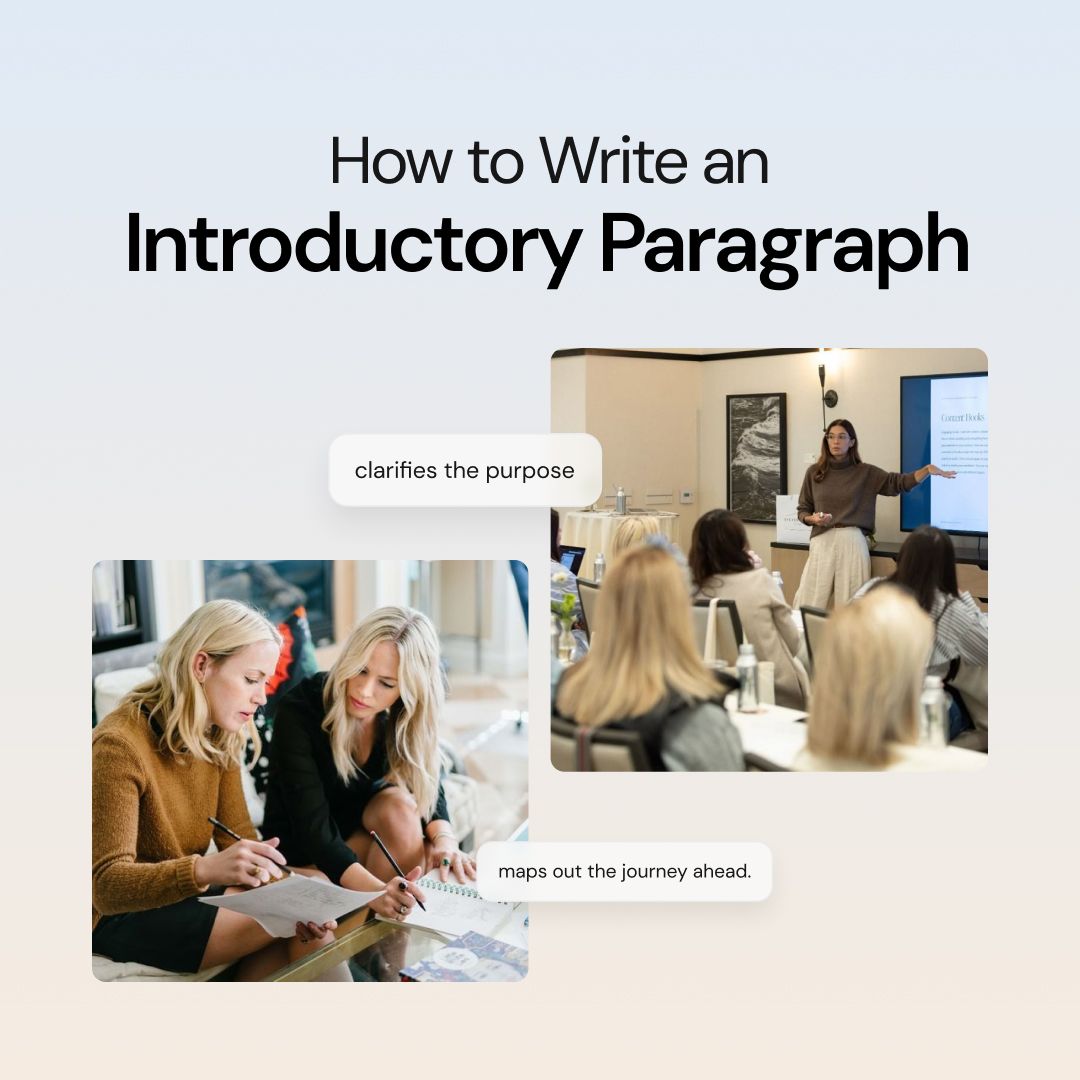
How to Write an Introductory Paragraph: Structure, Examples, and Tips

Muhammad Bin Habib

How to Write a Powerful Monologue in 2025

Muhammad Bin Habib
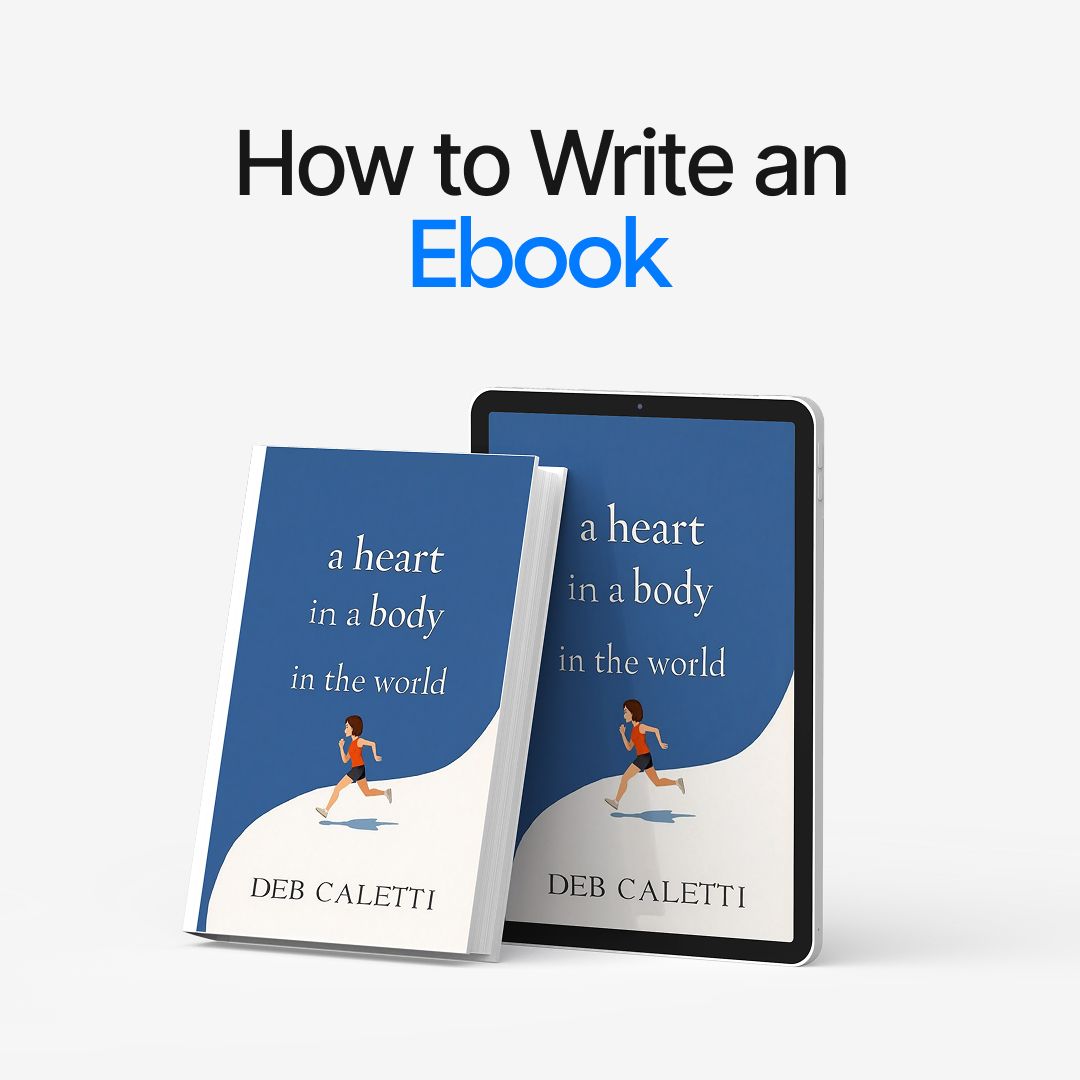
How to Write an Ebook, Step By Step Guide

Muhammad Bin Habib
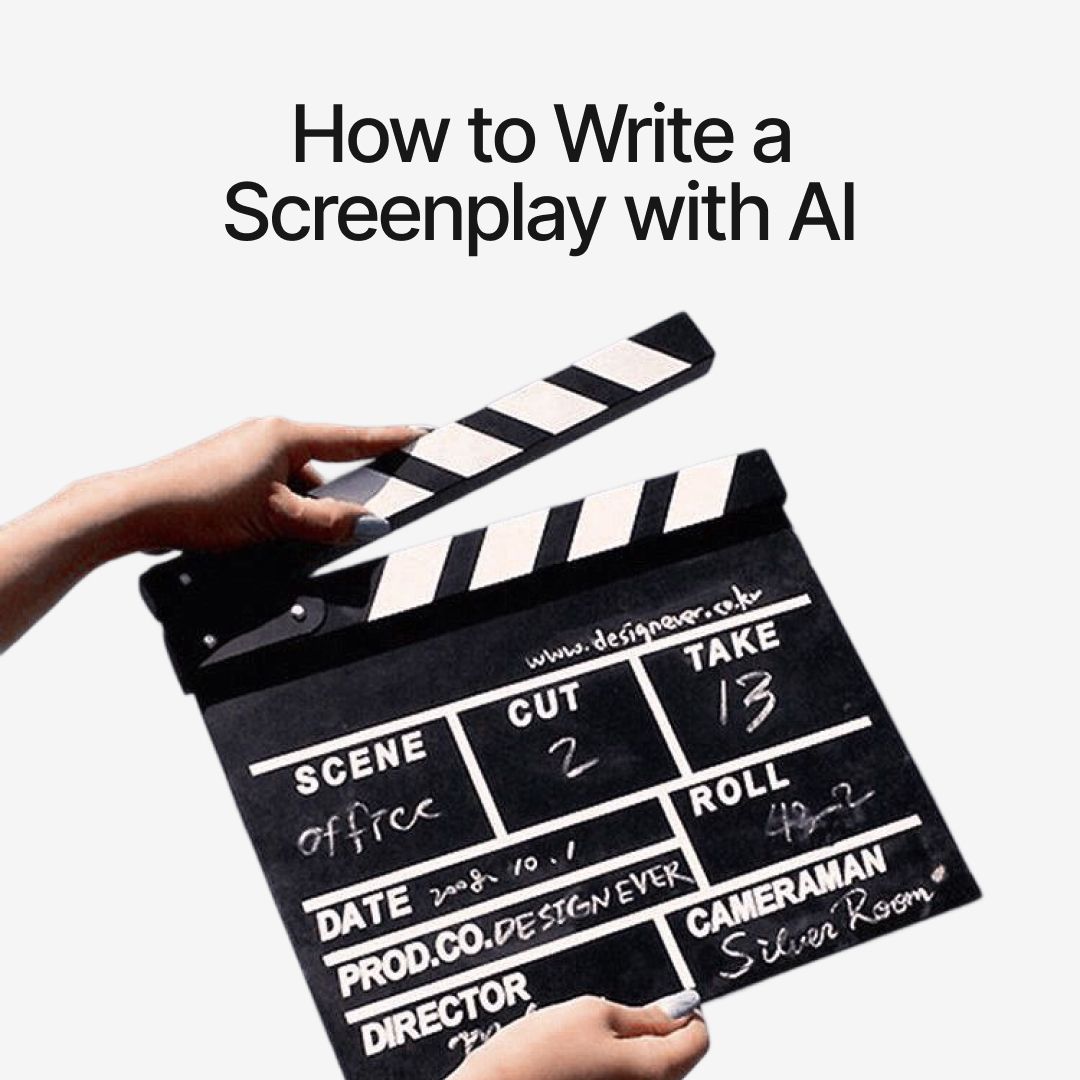
How to Write a Screenplay with AI in 2025

Muhammad Bin Habib
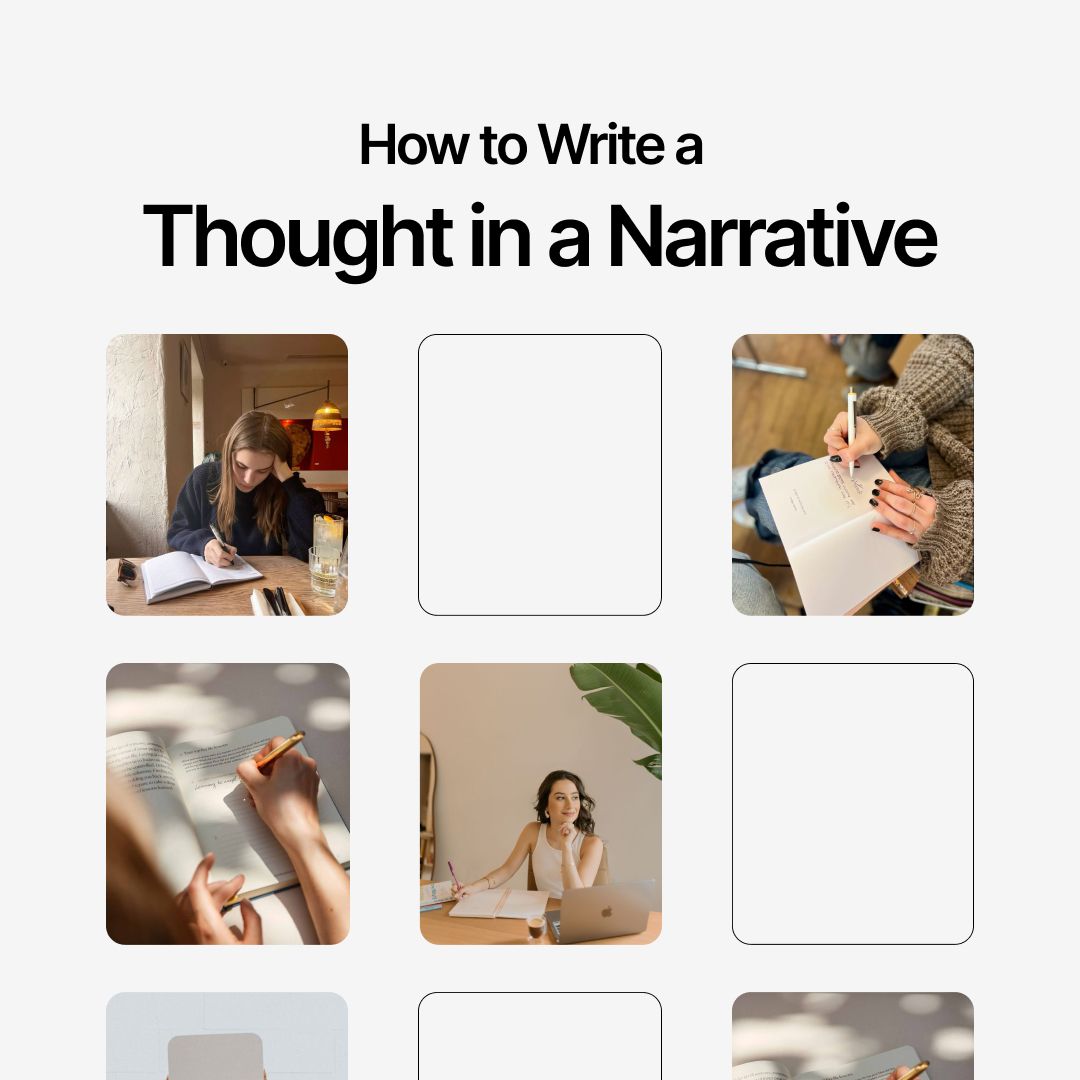
How to Write a Thought in a Narrative: Step-by-Step Guide

Muhammad Bin Habib
